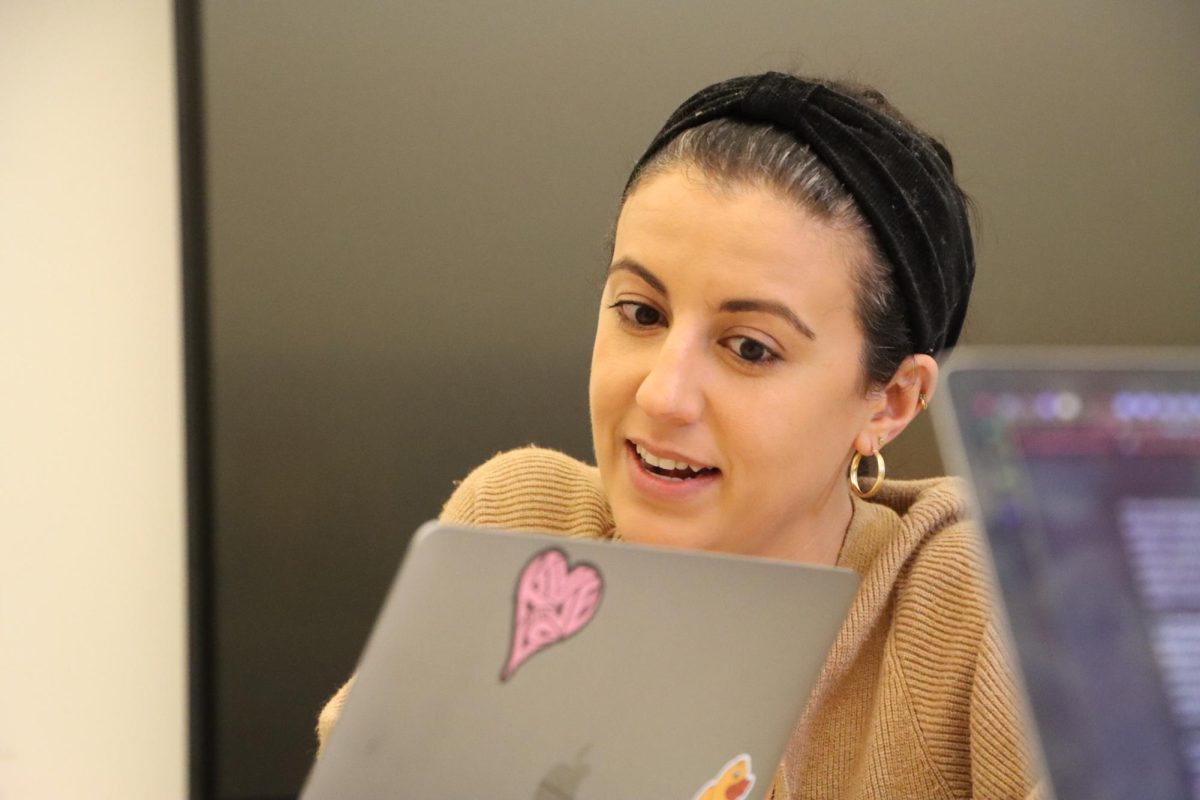A lot has happened in the STEM world this last week. Click to read about 5 cool STEM events.
Featured Image: Read below to find out recent breakthroughs that may bring major improvement to ice cream.
Feature image Creative Commons image from Kristen Taylor on Wikipedia.
Lauren Yang | News Editor

Creative Commons photo from Bruno de Giusti on Wikipedia
1. Toxin-absorbing fish microbots
Researchers at UC San Diego recently 3D printed fish shaped microbots that can absorb toxins. Because it utilizes the chemical reactions of certain materials, the microbot can move around a body of liquid. Scientists hope that by equipping the microbots with toxin-absorbing chemicals, the fish could detoxify a liquid until it is free of contaminants.

Creative Commons photo from purites on Flickr
2. Slow melting ice cream
Imagine ice cream that doesn’t drip all over you and has fewer calories and a lower saturated fat content. Scientists are working to bring this scenario to reality in the next three to five years. By adding a special type of protein called BsIA that lowers the rate at which air escapes, ice cream’s melting process can be slowed down.

Creative Commons photo from Washposh on Wikipedia
3. M, Facebook’s new personal assistant
Facebook recently announced the launch of a new service, called “M”, which hopes to serve as an intelligent personal assistant. By utilizing artificial intelligence, “M” hopes to execute tasks based on speech and text. The goal of “M” is to develop an algorithm intelligent enough to be able to book travel arrangements, process purchases on your behalf, and carry out other tasks to make life easier for consumers.

Creative Commons photo from Brocken Inaglory on Wikipedia
4. Climate change not looking too hot (or rather, is looking too hot)
NASA published new estimates that the sea level will soon rise at least 3 feet in the near future. This is attributed to the melting glaciers and ice sheets. With numerous large coastal cities at risk with this prediction, NASA will continue to monitor the sea levels by harnessing boats, satellites, submarines, and many more devices.

Creative Commons photo from Jonathan Juursema on Wikipedia
5. 3D printer simultaneously prints 10 materials
MultiFab is a 3D printer developed by MIT’s Computer Science and Artificial Intelligence lab that can print objects consisting of up to 10 different materials. This 3D printer can also print onto premade objects, adding on new layers as needed to create the desired product.








